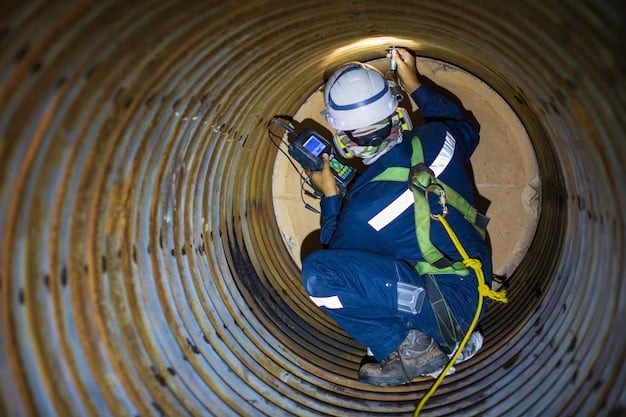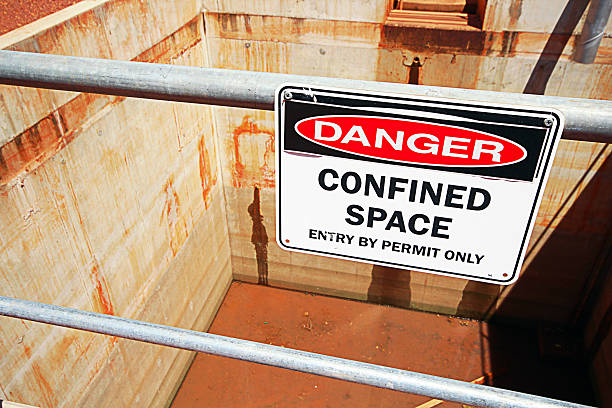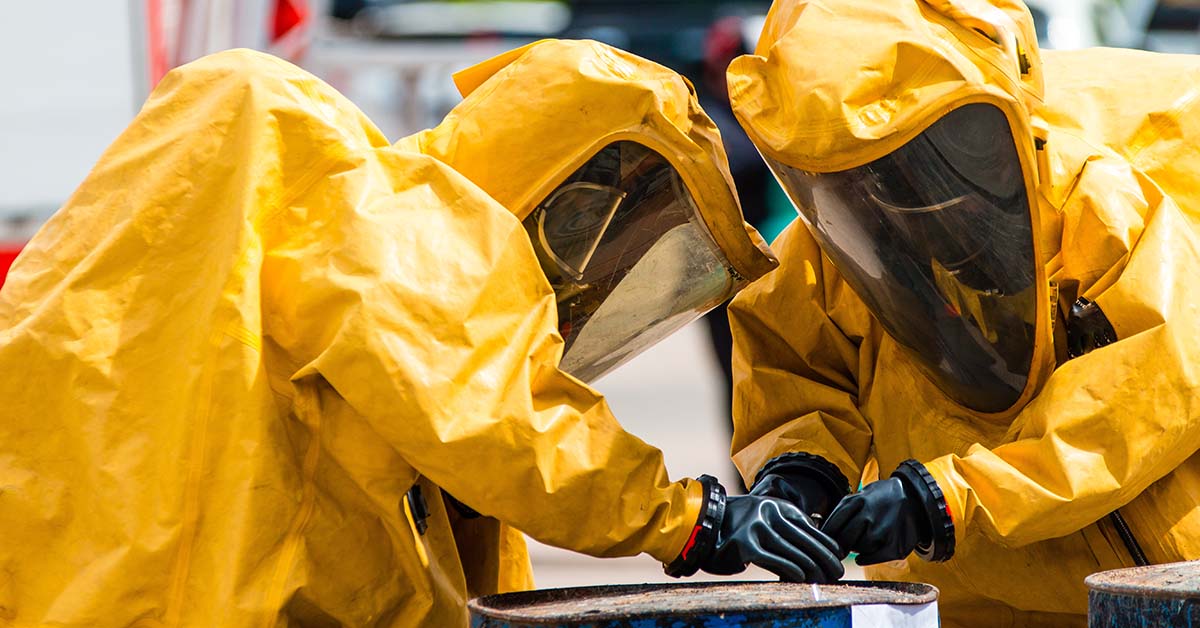Navigating Confined Spaces: The Key Elements of Effective Training
As a worker, you may be required to enter confined spaces as part of your job. Confined spaces are areas not designed for continuous occupancy and...

Confined spaces are hazardous environments that pose significant risks to workers in various industries. To ensure the safety of employees who work in or near confined spaces, it is crucial to provide them with appropriate training. This article discusses the essential components of confined spaces training, including the definition of confined spaces, permit-required confined spaces, and training requirements. By understanding these elements, employers can better protect their workers and maintain compliance with safety regulations.
What is a Confined Space?
A confined space is an area that meets the following three criteria according to the Occupational Safety and Health Administration (OSHA):
Examples of confined spaces include hoppers, pits, silos, storage bins, tanks, vaults, and vessels. These environments can pose various hazards to workers, such as atmospheric hazards, engulfment hazards, and entrapment hazards.
Recognizing Confined Spaces
To ensure the safety of workers who may encounter confined spaces, it is essential to recognize these areas and understand their potential hazards. Employers should conduct audits and hazard assessments to determine whether a space meets the definition of a confined space and what hazards may be present.
Evaluating a space for potential hazards involves considering aspects such as:
By properly identifying confined spaces and understanding their associated hazards, employers can take appropriate steps to protect their workers.
What is a Permit-Required Confined Space?
A permit-required confined space is a confined space that meets one or more of the following characteristics, according to OSHA:
Entering a permit-required confined space requires an official permit, which outlines the necessary safety measures, entry conditions, and procedures for working in the space.
Permit Space Entry Program
A crucial component of confined spaces training is understanding the permit space entry program. This program outlines the procedures and safety measures required for workers to enter and work in permit-required confined spaces. It includes elements such as:
By following the permit space entry program, employers can minimize the risks associated with working in permit-required confined spaces.
Confined Spaces Training Requirements
OSHA mandates that employers provide confined spaces training to all workers who may be required to enter or work near confined spaces. This training should cover key aspects such as hazard recognition, entry procedures, safety equipment usage, and emergency response.
Initial Training
Initial confined spaces training should be provided to workers before they are assigned to tasks that involve entering or working near confined spaces. This training should cover topics such as:
Refresher Training
In addition to initial training, workers should receive refresher training periodically, or when:
Refresher training helps ensure that workers maintain their knowledge and skills related to confined spaces safety.
Is Confined Spaces Training Mandatory?
Yes, OSHA requires employers to provide confined spaces training to workers who may be exposed to confined spaces hazards. This training helps ensure that workers understand the risks associated with confined spaces and can take appropriate precautions to protect themselves and their colleagues.
How Often is Confined Spaces Training Required?
While OSHA does not specify a required frequency for confined spaces training, industry experts often recommend annual or biannual refresher training. Additionally, employers must conduct annual assessments of their permit space entry program and conduct practice rescue drills for designated rescue personnel every twelve months.
Key Course Objectives for Confined Spaces Training
The primary goal of confined spaces training is to equip workers with the knowledge and skills necessary to safely work in and around confined spaces. Course objectives should include:
By covering these objectives, confined spaces training helps ensure that workers are prepared to safely navigate the hazards associated with confined spaces.
Trust Professional Confined Spaces Training Providers
Employers should seek out professional training providers, like Arthur and Hansen, with expertise in confined spaces safety to conduct their training programs. These providers can customize on-site training courses to suit the specific needs of an organization and ensure that workers receive comprehensive instruction on confined spaces safety.
By investing in high-quality confined spaces training, employers can protect their workers, maintain compliance with safety regulations, and foster a culture of safety throughout their organization.

As a worker, you may be required to enter confined spaces as part of your job. Confined spaces are areas not designed for continuous occupancy and...

As an employer, you are responsible for ensuring that your employees are safe and healthy in the workplace. One way to ensure that your employees are...

Working at heights is unavoidable in many industries, including construction, maintenance, and telecommunications. However, with the increased risk...